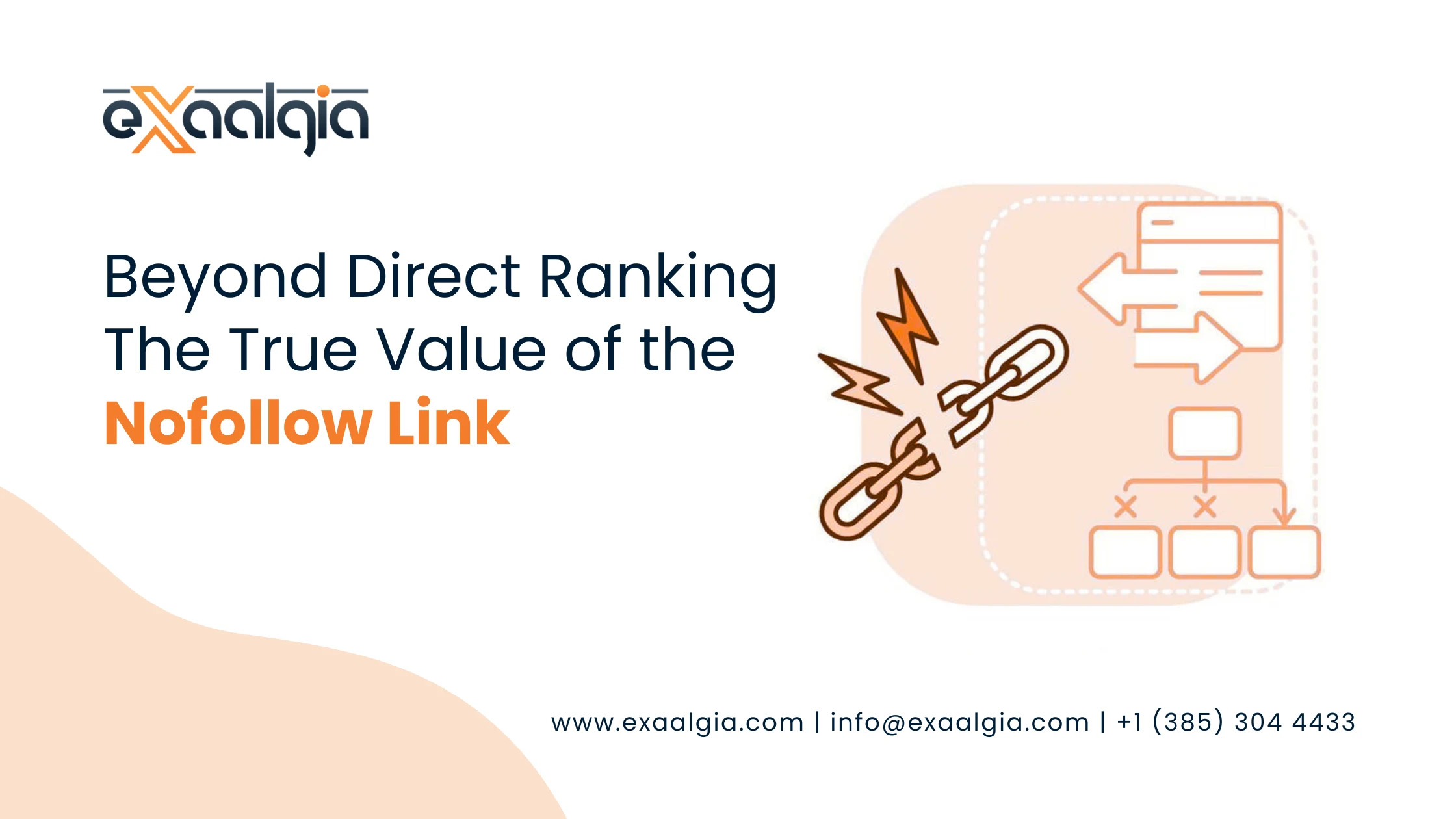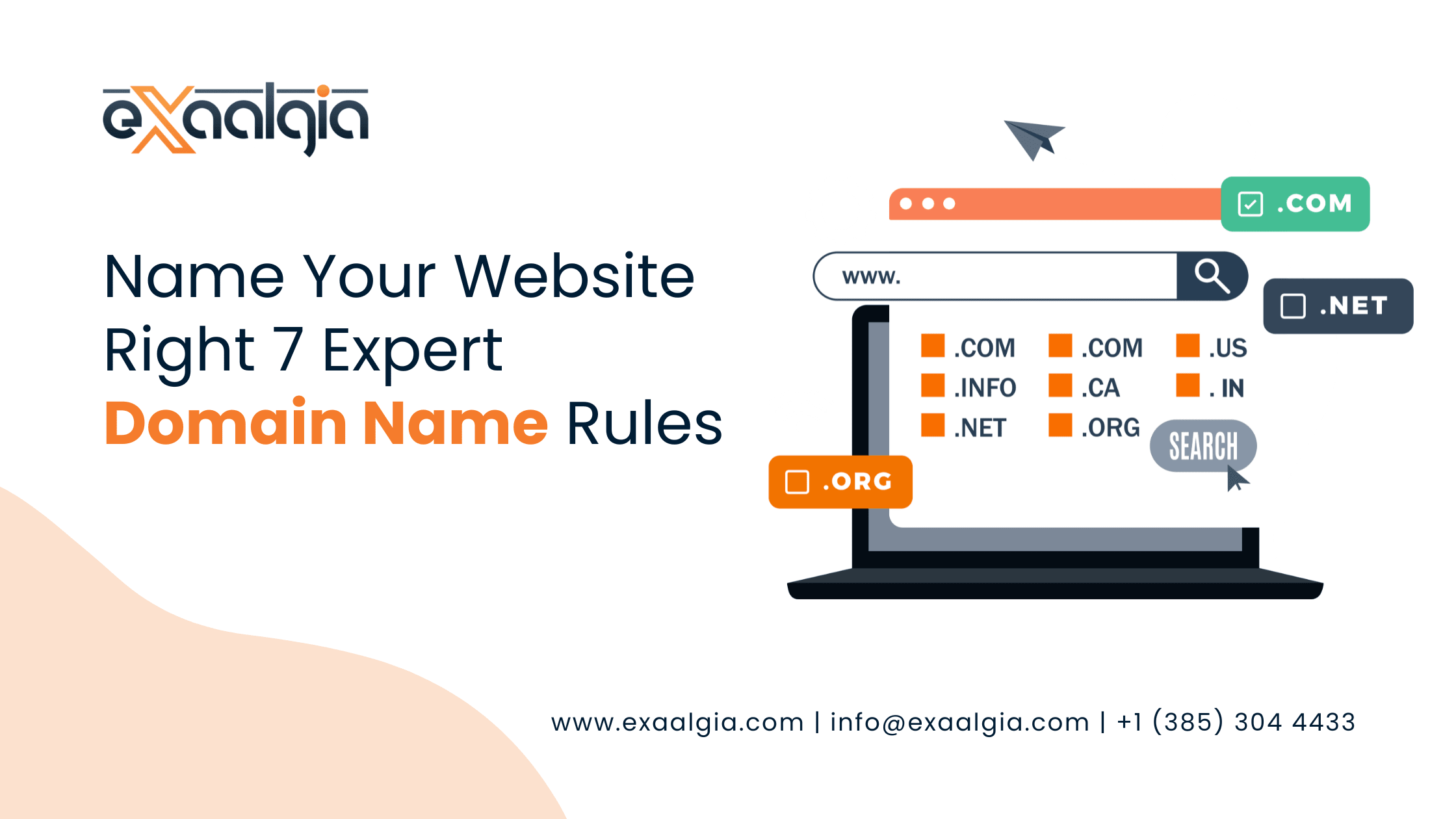What is Keyword Prioritization?
Keyword prioritization is ranking and focusing efforts on the most valuable keywords for your business. This is usually done to yield appropriate resources in targeting the terms that can yield the most ROI.
Take for example, a PPC service provider. It would prioritize keywords such as “Google Ads management for small businesses” before general words such as “online advertising.” This way, all work is channeled towards highly converting terms that target one’s ideal customers.
How Do Keywords Work?
Keyword Research: Use tools like Google Keyword Planner or SEMrush to identify relevant keywords.
Evaluation: Assess search volume, competition, and cost-per-click (CPC).
Prioritization: Group keywords into high, medium, and low-priority categories based on their potential business impact.
Businesses that focus on more relevant keywords can streamline the SEO and PPC campaigns of their business and attain better results.
Why Keyword Prioritization Matters
1. Maximizes ROI
Prioritizing keywords ensures marketing budgets are spent on terms that generate the most traffic, leads, and sales.
2. Enhances Targeting
It helps craft content and ads tailored to user intent, improving relevance and engagement.
3. Boosts SEO and PPC Efficiency
Focusing on the right keywords increases visibility, click-through rates (CTR), and conversions, reducing wasted efforts.
4. Aligns Marketing Goals
Keyword prioritization ensures your efforts are in sync with your business objectives, driving consistent growth.
What is the Keyword Match and Keyword Prioritization Difference?
Keyword Match is a Google Ads feature, which determines how close the user’s search query must be to your selected keyword. It specifies when and where your ads will show.
There are three main types of keyword matching:
Broad Match
Definition: It captures the searches related to your keyword, including synonyms or related phrases.
Example: For the keyword “running shoes,” your ad may show up for searches such as “best sneakers for jogging” or “shoes for running.”
Use Case: Good for audience reach when the objective is awareness.
Phrase Match
Definition: Matches searches containing your exact keyword phrase in the specified order, but it can include additional words before or after.
Example: For “running shoes,” your ad would serve for “cheap running shoes” or “women’s best running shoes.”
Use Case: Is useful when you want tight control while still capturing variations of the phrase.
Exact Match
Definition: It limits your ads to appear strictly for the exact keyword or close variants.
Example: For “running shoes,” your ad would show up strictly only for “running shoes” or a term very similar like “running shoe.”
Use Case: Ideal for concentrated niche searches to make more targeted and conversion-generating traffic.
Keyword Prioritization
Where keyword prioritization is concerned, it is actually ranked from keywords in accordance to business relevance from an SEO, PPC, as well as content marketing perspective.
For example, if a sports shoe store, they would prioritize “buying running shoes online” over “sports shoes because the former had a higher purchase intent than the latter. This keyword prioritization would be reflected in both their Google Ads campaigns and organic content efforts.
Key Difference:
A keyword match determines how ads align with search queries, while keyword prioritization focuses on which keywords are valuable to invest in across all marketing channels.
How Keyword Prioritization Works in Google Ads has tools and strategies that are very easy to make keyword prioritization work for you:
Keyword Planner
You can use this tool to evaluate search volume, competition, and CPC, thus identifying keywords with a lot of ROI potential.
Segmentation by Intent
Group keywords by user intent, such as whether the user is in an information, navigational, or transactional stage of their search.
Match Types
Use match types to balance reach and relevance. For instance, an advertiser might prioritize exact match for high-value terms but choose broad match for awareness campaigns.
SKI (Dynamic Keyword Insertion)
Insert automatically appearing keywords that are of higher value into your ad copy to enhance relevance and engagement
Analyze campaign data
Continuously review performance metrics to determine which prioritized keywords are driving clicks and conversions.
5 Things to Know About Google Ads Keyword Prioritization Rules
Match Types Affect Performance
Keywords are either a broad match or exact. Use a combination of each to help support the prioritized keyword
Quality Score Lowers Costs
Higher-priority keywords with better Quality Scores cut costs and enhance ad placements.
Negative Keywords are Critical
Filter out irrelevant searches to prevent wasted ad spend.
Automation Enhances Efficiency
Automated bidding can allocate budgets effectively for prioritized keywords.
Regular Updates are Critical
Keyword priorities change over time; Frequent reviews keep campaigns optimized.
What Keyword Prioritization Means for Small Business Advertisers
For small businesses, keyword prioritization levels the playing field against larger competitors.
Benefits
Budget Optimization: Focus on high-value, low-competition keywords to make the most of limited resources.
Localized Targeting: Focus on location-based terms to reach local customers.
More Conversions: Focus on transactional words that receive more well-prepared buyers.
Example
A local bakery could focus on “wedding cakes in Chicago” versus “best cakes,” ensuring its very limited budget hits the right people looking for the types of services they offer.
FAQs – Keyword Prioritization
1. What tools can I use for keyword prioritization?
Some of the popular tools include Google Keyword Planner, Ahrefs, SEMrush, and MOZ who gives data on search volume, competition, and also trends.
2. How often do I review my keyword priorities?
You need to review your keyword priorities at least quarterly, or whenever there are changes in your business goals or industry trends.
3. Is keyword prioritization just for Google Ads?
No. It is equally important for organic SEO so that your content aligns with valuable search terms.
4. How do I balance short-tail and long-tail keywords?
Use a mix of them in your strategy: short-tail keywords drive broad visibility, while long-tail keywords target a much smaller audience with higher intent.
5. Can negative keywords improve my campaigns?
Yes, because they exclude irrelevant keywords, thus not wasting ad spend on them, improving targeting efficiency.
Conclusion
Keyword prioritization is one of the critical strategies used to maximize the efficiency and effectiveness of your digital marketing campaigns. Understanding the subtleties involved in keyword matching and aligning efforts with high-priority terms will help in bringing better returns to your ROI, improve targeting, and bring meaningful results to your pages.
Whether you are running Google Ads or focusing on organic SEO, prioritizing the right keywords ensures your marketing strategies align with your business goals. Start by conducting thorough research, leveraging match types, and regularly revisiting your priorities to stay ahead in the competitive digital landscape.
Need expert keyword strategy help? At Exaalgia, we know our tailored SEO services USA and digital marketing services would get your business going where you want to be. Contact us today to kick things off!







